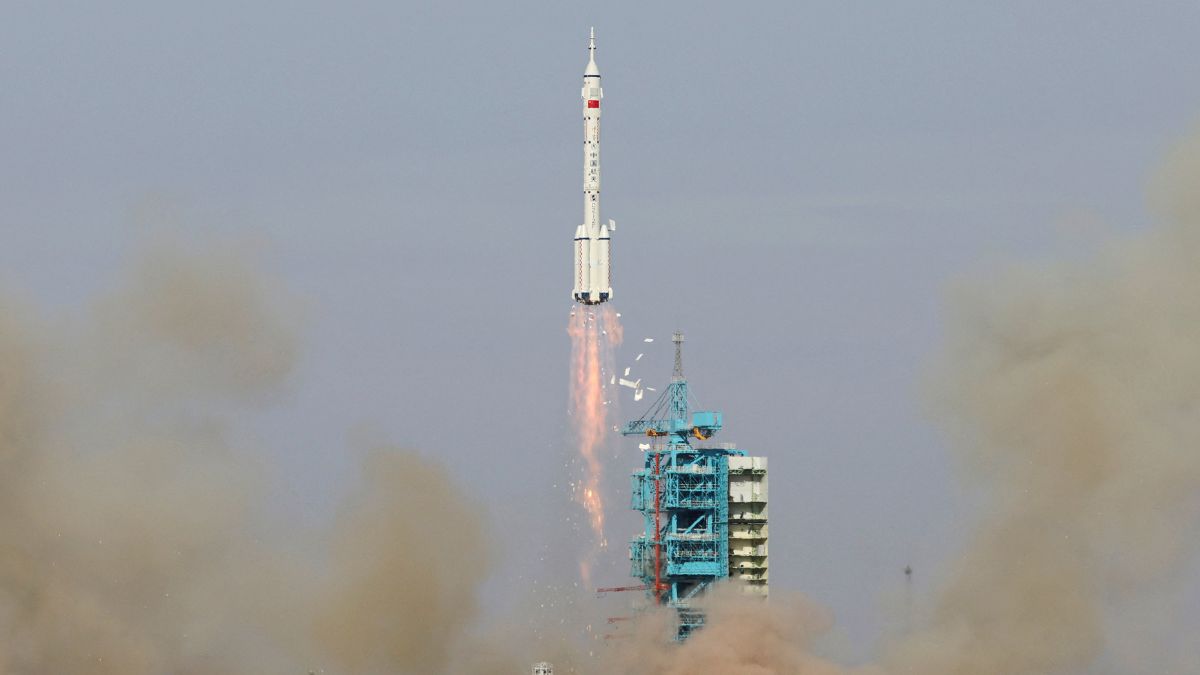China has launched the Shenzhou 22 spacecraft in an emergency mission to restore a safe return option for astronauts who were left temporarily stranded on the Tiangong space station after a damaged vessel disrupted their way back to Earth.
The unmanned craft lifted off on Tuesday atop a Long March 2F rocket from the Jiuquan Satellite Launch Centre at 12:11 p.m., with the China Manned Space Agency confirming it successfully entered its planned orbit. It will be used in 2026 by the three astronauts who arrived at Tiangong on November 1.
This launch follows an incident earlier in the month when astronauts from the Shenzhou 20 mission faced a nine day delay returning to Earth after their capsule window was cracked, with impact from space debris suspected. They were eventually brought back using the Shenzhou 21 spacecraft, which had just delivered the replacement crew. While the trio landed safely, their successors were temporarily left without an emergency return vehicle. The damaged Shenzhou 20 craft remains in orbit and will later be brought down for assessment.
Emergency deployment restores safety at Tiangong
With Shenzhou 21 departing six months ahead of schedule, Tiangong’s three astronauts were without a flightworthy vessel until the arrival of Shenzhou 22. Officials described the launch as China’s first emergency deployment of this kind. The spacecraft carried spare parts for the space station, materials to repair the cracked window on Shenzhou 20, and supplies, including fresh produce. It will stay docked at Tiangong until around April 2026, when it will bring the Shenzhou 21 crew back to Earth.
Shenzhou missions have transported three-person crews to Tiangong for six-month rotations since 2021, with Chinese safety rules requiring a backup rocket and spacecraft to remain on standby. As Shenzhou 22 and its carrier rocket were already positioned at the launch site, it took 16 days to complete the emergency procedure.
China built Tiangong after being excluded from the International Space Station over US national security concerns. The station, which hosted its first crew in 2021, is smaller than the ISS. Beijing’s rapid response to this incident comes as China and the United States continue to examine each other’s spaceflight operations while both pursue plans to land astronauts on the moon before or by 2030.
)